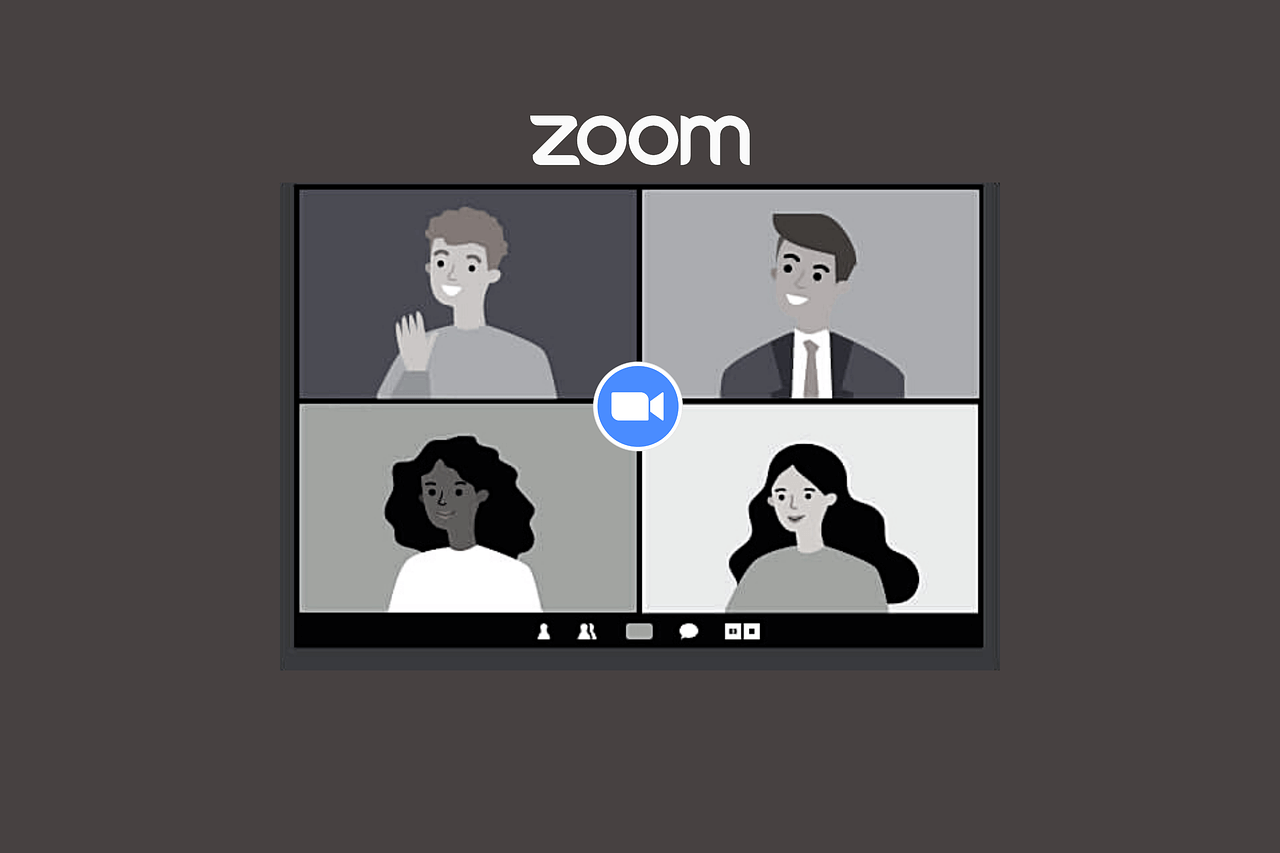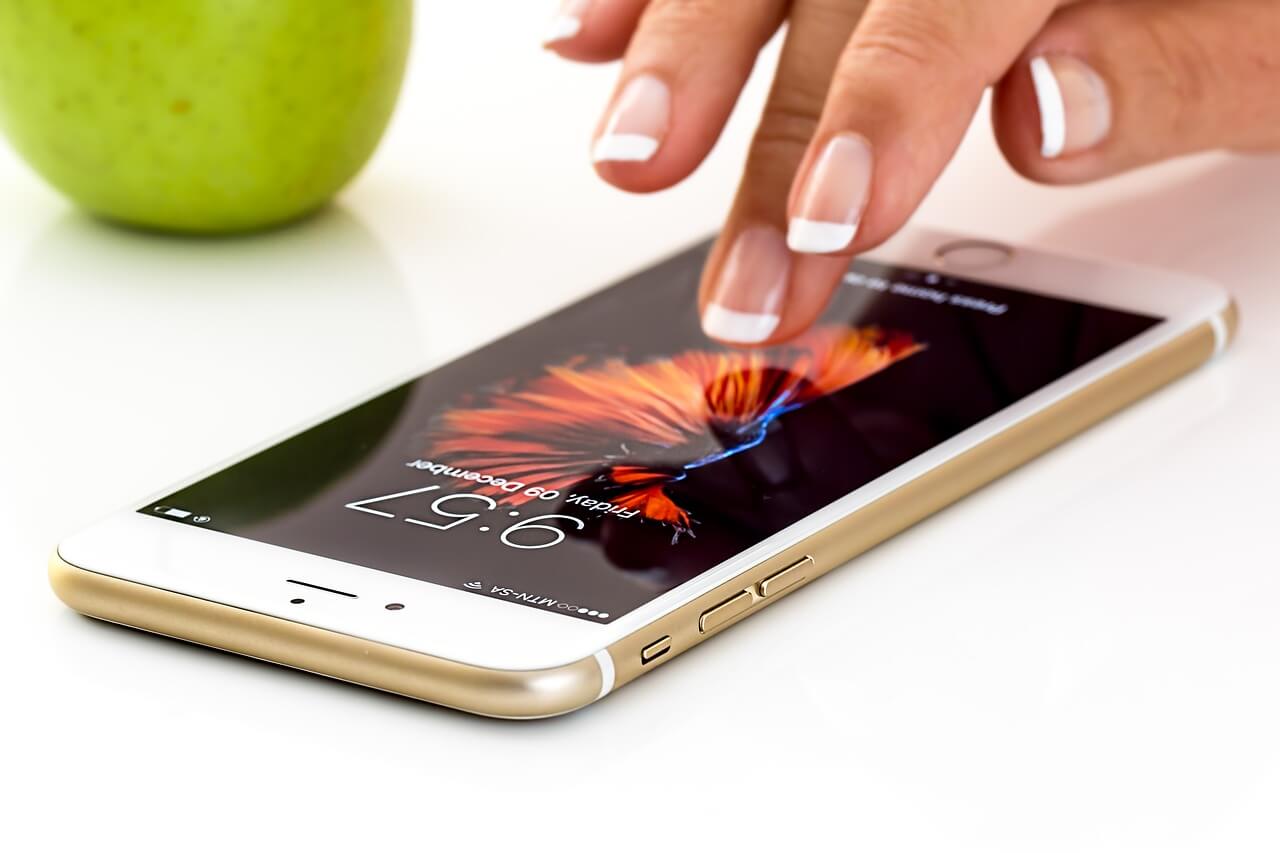(3 Minute Read)

Networking is crucial to professionals in teaching and coaching. COVID-19 has forced everyone to adapt and adjust in many areas personally and professionally. These effects have also transcended to networking communication. Before the pandemic, many people utilized virtual networking avenues frequently due to time, distance, and comfortability. Now, virtual networking has become the primary type of almost all communication.

Prior to the pandemic, the traditional ways of networking flourished with face-to-face contact, cell phone conversations, email, and text messaging. Other social media platforms (Facebook, Twitter, Instagram, LinkedIn, etc.) also allowed numerous ways to connect and keep in contact. Social media encompasses all of the interactions between people online and all the ways they participate in and share information, knowledge, and opinions while using web-based applications to communicate (Newman et al., 2013). Social media can be an invaluable asset in strengthening relationships after initial contact has been established in face-to-face encounters and verbal conversations via phone.

With the abundance of technology tools available today, coaches and teachers are not limited to face-to-face interaction in developing and maintaining relationships (Gilbert, 2017). Anderson (2015) noted that smartphone usage has changed the way that people share their lives, contact their friends, obtain data, and consume media. At times, when face-to-face contact was limited, coaches and teachers could enhance the communication via technology. For example, many coaches were able to attend coaching clinics and conventions to learn more about their sport but also visit with speakers and other colleagues after the event. These informal meeting opportunities allowed better connections to be strengthened in the relationship.

While COVID-19 brought the entire country to a pause, this opened up additional avenues to connect with others. According to Pew Research Center, the increase in the usage of the smartphone has a significant social, political, and cultural impact (Anderson, 2015). A majority of American adults own a smartphone or has access to the internet daily. Wireless technology has made our lives simple, yet complex and modern-day communication is faster, cheaper, and unquestionably more convenient for the billions of people who consume it daily (Clark, 2016). While face-to-face contact was not possible due to both required and advised quarantines, other avenues that have been previously available (Skype, Zoom, WebEx, Microsoft Teams, etc.) emerged as a new way to have face-to-face contact in networking areas. Several of these avenues have been used in the business and education world and personally. These platforms provide ways to visit with others for maintaining connections during an unprecedented time.

While the face-to-face encounter, to be able to visually and verbally communicate, will be welcomed back by all, the pandemic has elevated the importance of having virtual meetings online through various platforms to connect with others due to time and distance. By adding these virtual meetings to the networking portfolio, the teacher and coach now have a more acceptable means to connect with others when needed. Personal connections are always enhanced by face-to-face exchanges, but the virtual connections that have emerged will offer additional and possible more frequent contact opportunities due to time and distance. This will only strengthen the following use of emails, text messaging, and social media contact.
References
Anderson, M. (2015). Technology device ownership: 2015. Pew Research Center. Retrieved from https://www.pewresearch.org/internet/2015/10/29/technology-device-ownership-2015/
Gilbert, W. (2017). Coaching better every season: A year-round system for athlete development and program success. Champaign, IL: Human Kinetics
Newman, T., Peck, J., Harris, C., & Willhide, B. (2013). Social media in sport marketing. Holcomb Hathaway Publishers.
Sanders, D. (2016). Raising tech savvy kids: What parents should know that their kids may already know about the internet. West Bow Press.
